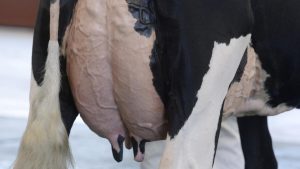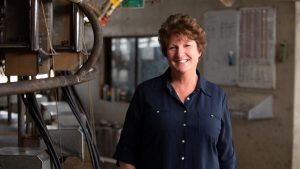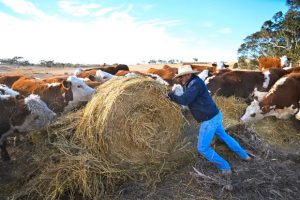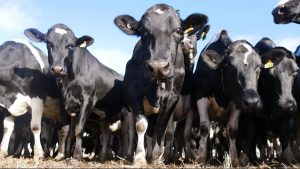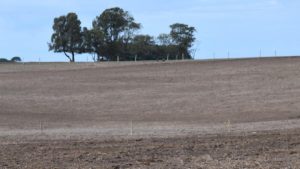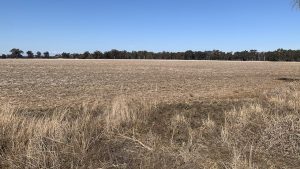
Queensland’s drought declaration process will be reviewed for the first time in more than four decades in response to secrecy concerns.
Key points:
- Queensland’s drought declaration process will be be reviewed for the first time since 1982
- The review was pledged as part of the Palaszczuk government’s drought reforms in 2019
- Graziers welcome the review after “premature” lifting of some drought declarations
Graziers raised concerns about the “secretive” Local Drought Committees (LDC), which helped decide which parts of the state were officially in drought, and, therefore, eligible for financial assistance.
The groups consist of local producers and industry specialists in each shire, who analyse seasonal conditions and report to the Department of Agriculture.
Members of the committees are often life-long, and their identities are kept secret.
Flinders Shire Mayor and grazier Jane McNamara said the review was “truly overdue”.
“I hope this review will bring about a much more equitable and fairer system whereby the shires are looked at proactively,” she said.
Cr McNamara raised concerns about the process last year after her shire was quietly removed from the drought list without consultation.
“I’m hoping [the government] will come and consult widely with the communities that are impacted by the structure of the LDCs,” she said.
Despite a good season in her shire, Cr McNamara said many graziers were still battling drought.
“It’s really important that the local governments get a seat at the table … it needs to be reviewed and brought into the 21st century,” she said.
“Some of our people have been in drought for 10 years, and they get one good year, and the whole shire is lifted [from officially being in drought].
“We were told they can do independent drought declarations, but they’re already suffering. They’re already having mental health conditions.”
Former Ag Force chief to investigate
Charles Burke is the former chief executive of lobby group AgForce and will conduct the review.
Mr Furner said the investigation would assess the overall drought review process, including whether LDCs were appropriate or if more “contemporary measures” should be implemented.
“The LDCs haven’t been considered, in terms of changing, since 1982,” he said.
This review will throw more light on how we reach decisions on declarations.”
Public consultation will also occur with stakeholders and drought committee members.
Less than 10 per cent of Queensland is officially in drought after additional declarations were lifted earlier this year.
The recommendations came from the LDCs.
Mr Furner said primary producers could still access drought support, including grants of up to $50,000, even if the drought declaration in their local area had been lifted.
“You can apply for drought assistance now through preparedness, that’s the whole focus of what we have in Queensland,” he said.




